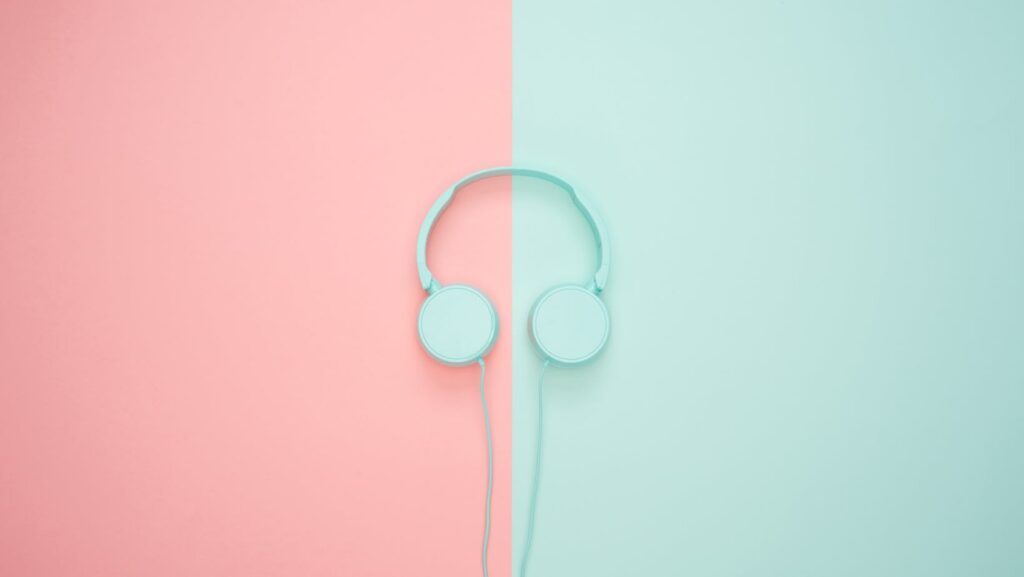Patterns are the building blocks of creativity and innovation, weaving through various aspects of life and art. From the rhythmic designs in nature to the structured sequences in technology, simple patterns hold immense power and potential. They offer clarity, enabling individuals to predict outcomes and make informed decisions. This concept extends to social well-being, where recognizing patterns in relationships and community interactions can enhance connections and promote healthier social environments. By understanding social dynamics and trends, individuals can foster more meaningful relationships, support networks, and inclusive communities that thrive on shared experiences and collective growth.
Simple:Mao4r94sle4= Patterns

Simple patterns form the core of various systems by offering a structured framework. In nature, these patterns manifest as recurring arrangements, such as spirals in seashells or the symmetry in leaves. In fashion, designers often utilize stripes or polka dots to create timeless garments. These patterns provide a foundational toolset for crafting collections that appeal to diverse aesthetic tastes. Similarly, incorporating family activities that emphasize pattern recognition can enhance learning and creativity. Engaging in crafts like painting with geometric shapes or building with blocks can foster teamwork and artistic expression, creating memorable moments that strengthen family bonds while appreciating the beauty of patterns around us.
In architecture, simple patterns like grids and geometric shapes enhance visual harmony and structural efficiency. Buildings featuring these elements often achieve both stylistic appeal and functional stability. Technological interfaces also rely on simple patterns for user-friendly designs, increasing accessibility and intuitive navigation.
Designing With Simple Patterns
 Simple patterns guide designers in creating visually appealing and functional works. These elements balance complexity and clarity, establishing a solid foundation for diverse applications.
Simple patterns guide designers in creating visually appealing and functional works. These elements balance complexity and clarity, establishing a solid foundation for diverse applications.
Color schemes enhance simple patterns by providing contrast and unity. Monochromatic palettes, which use one color in varying shades, bring depth and sophistication to patterns. Complementary colors, such as blue and orange, create dynamic visual interest when used in geometric designs. Analogous colors, sitting next to each other on the color wheel, offer harmonious aesthetics suitable for floral patterns. Through thoughtful selection, designers elevate the impact of simple patterns, ensuring they capture attention and evoke specific emotions.
Textures and materials infuse life into simple patterns, adding dimension and tactile appeal. In textiles, using materials like silk or cotton with striped patterns provides a sensory experience. Architectural surfaces, featuring concrete or wood with geometric imprints, enhance spatial perception. Artists experimenting with mixed media in digital formats often combine smooth and rough textures to transform abstract patterns. Leveraging varied textures and materials, designers create engaging, multi-sensory environments that resonate with audiences.
Benefits Of Simple Patterns
 Simple patterns offer numerous advantages across various fields, thanks to their clarity and adaptability. They enhance both the aesthetic and functional aspects, contributing significantly to creative projects.
Simple patterns offer numerous advantages across various fields, thanks to their clarity and adaptability. They enhance both the aesthetic and functional aspects, contributing significantly to creative projects.
Simple patterns adapt effortlessly to various design contexts, making them highly versatile. In graphic design, they provide a strong foundation for layouts. In fashion, designers use them to create universally appealing collections, such as with stripes and polka dots. Additionally, in architecture, simple geometric patterns serve as the basis for innovative structural designs, ensuring efficiency and aesthetic value. By relying on simple patterns, creators can seamlessly integrate them into diverse projects, meeting different requirements without sacrificing quality.
The timelessness of simple patterns sustains their relevance across eras and trends. Stripes, checks, and grids, for example, continue to be staples in the fashion and interior design industries due to their enduring appeal.
Enhance Design
Simple patterns hold significant power in shaping creativity and innovation across diverse fields. They offer clarity, structure, and adaptability, enabling creators to streamline complex ideas and enhance their work’s aesthetic and functional qualities. By incorporating geometric, floral, and abstract patterns, individuals can tap into a universal language that transcends disciplines. These patterns not only support effective communication but also ensure sustainability and longevity in design. Embracing simple patterns allows for a balanced approach to creativity, ensuring that designs remain engaging, timeless, and impactful. As creators continue to explore the potential of simple patterns, they unlock endless possibilities for innovation and expression.
